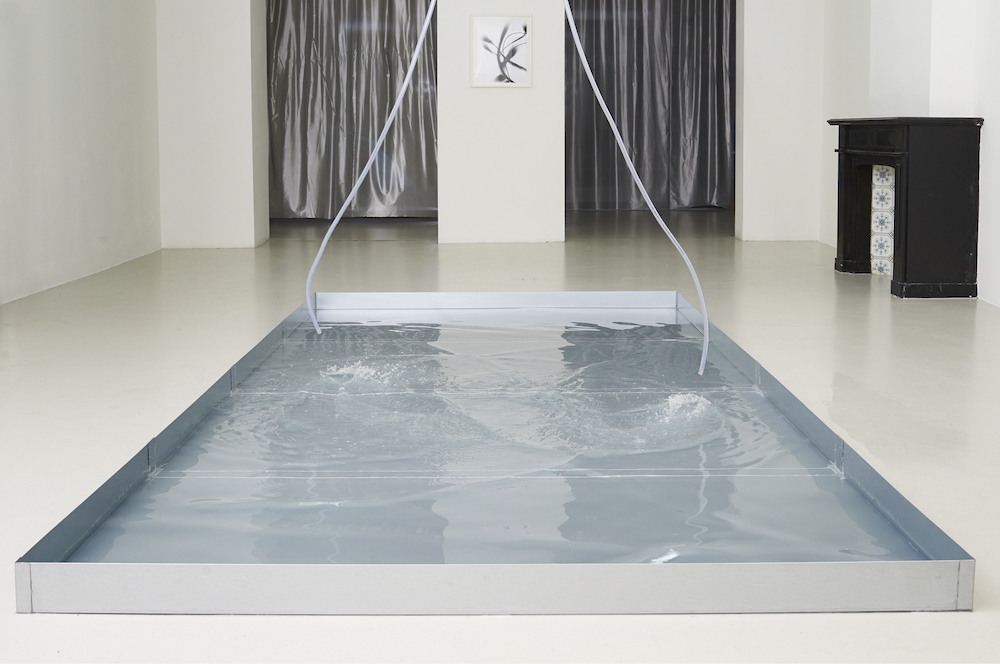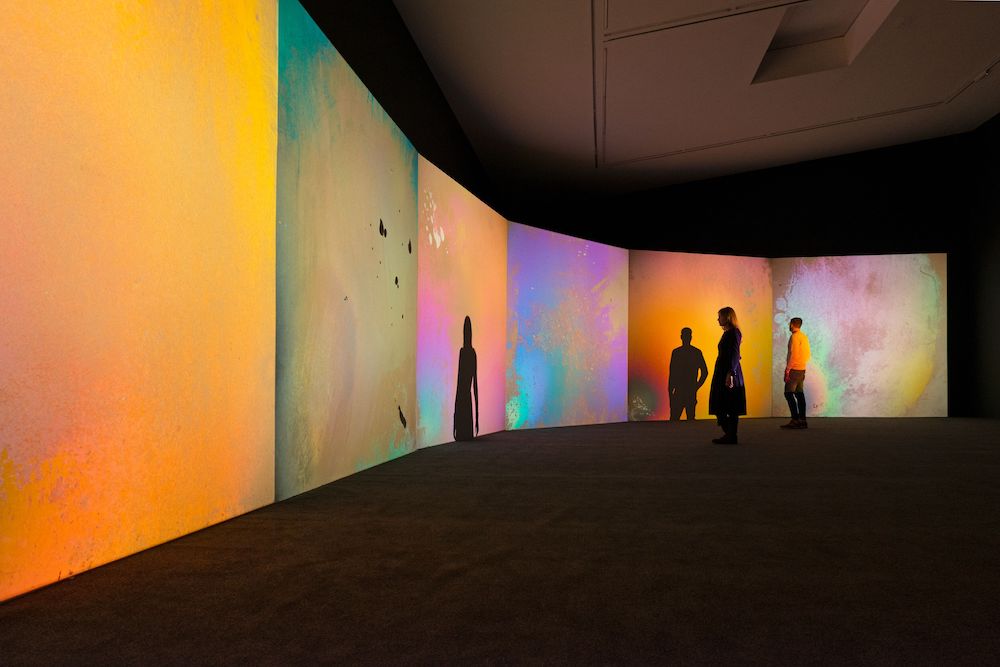The re-examination—some would say reawakening—of radical artistic movements in the postwar era has exposed the technological as well as ideological stew out of which the digital activism of today’s art emerged. The performance and conceptual art of the 1960s and 1970s lay the foundations for current art-thinking and practice, prompting a new look at Happenings, Fluxus, Minimalism, and other late-modernist avant-garde movements designed to blur the distinctions between art and life itself.

Gustav Metzger, Dancing Tubes, 1968. © The Estate of Gustav Metzger and The Gustav Metzger Foundation. Courtesy the Estate of Gustav Metzger and Hauser & Wirth. Photo: Jhoeko West Den Haag.
Efforts to return the likes of the late Gustav Metzger to prominence as an inspirational model for artist/activists, art-science crossovers, and environmental protesters can only be welcome. Here was a dynamic figure, born on the breaking wave of man-made disaster, who went on to preach the constructive effect of destruction—in contemporary art, not in life—and the destructive effect of construction—in contemporary life, not in art. A Jewish native of Germany, Metzger was brought to England in the Kindertransport that saved (but necessarily orphaned) so many children from Nazi brutality. In 1960s London, Metger was best known as the organizer of the “Destruction in Art” festivals and symposia, but his investigations into cyber-driven design, city planning and other socially oriented arts ran parallel to the destruction-art spectacles he helped bring into being. Metzger was sensitive as well to the ecological implications of human consumption and waste, whether in urban or in natural environments, and he realized serious and practical proposals for curing or bettering everything from water sources to vehicular parking. In the meantime, the artist made his “own” art in various modes related, at least formally, to drawing.
“Gustav Metzger: And Then Came the Environment” does a compact but decent and almost thorough job of tracing Metzger’s long, fruitful career (he died in 2017 at the age of 90). Its curation assumes the considerable task of contextualizing his work as much with QR-code-embedded wall labels and other adjacent didactics as with artworks and documentation. One or two galleries, large as they are, can contain only so much material, most of which is not likely to be familiar to American audiences. Metzger has received many retrospectives across the Atlantic, and this show does much to rectify his absence from critical discourse in this country. Hauser & Wirth’s relatively confined look at a relatively large spirit and thinker—one who personified the oracular nature of experimental art in the early cyber age—is but a tantalizing start to our rediscovery. Now more than ever, Metzger needs a survey show much like that of his friend Joseph Beuys at the Broad: Touch all the bases, bring lived history into art, and shake up the thinking all over again.


